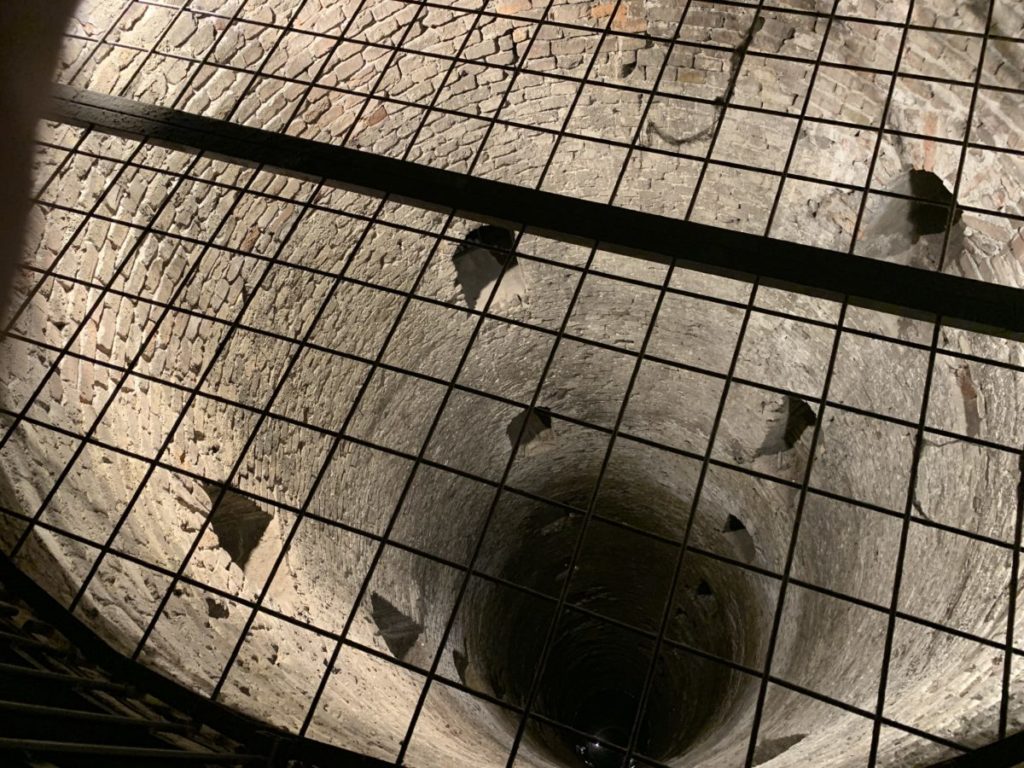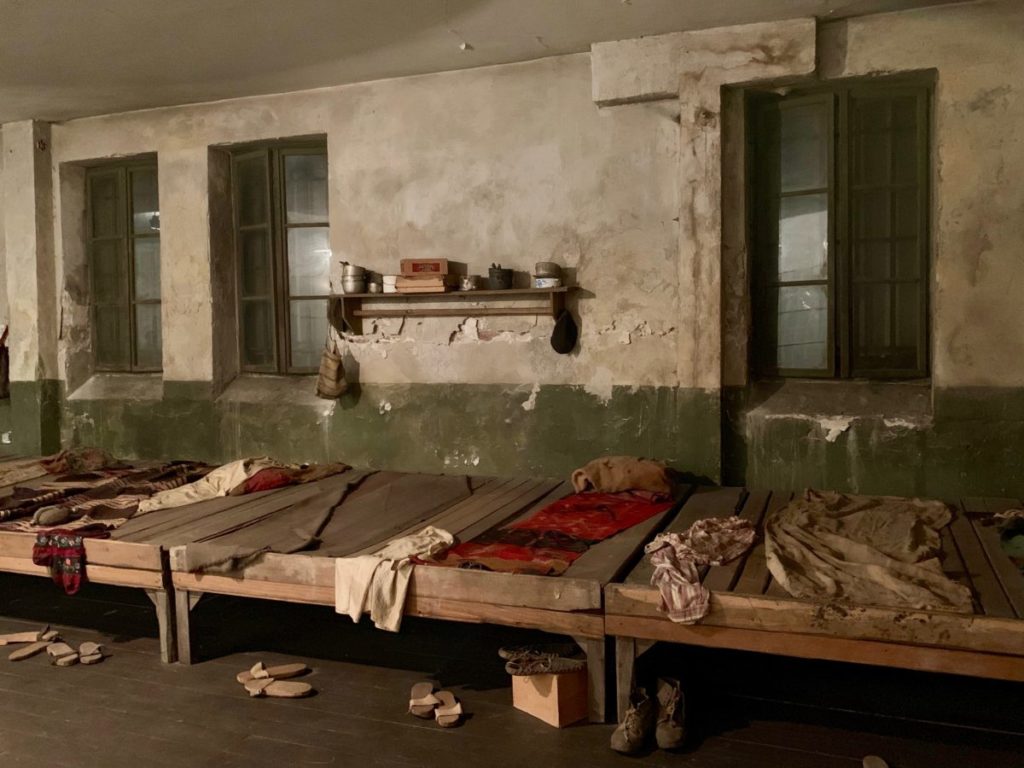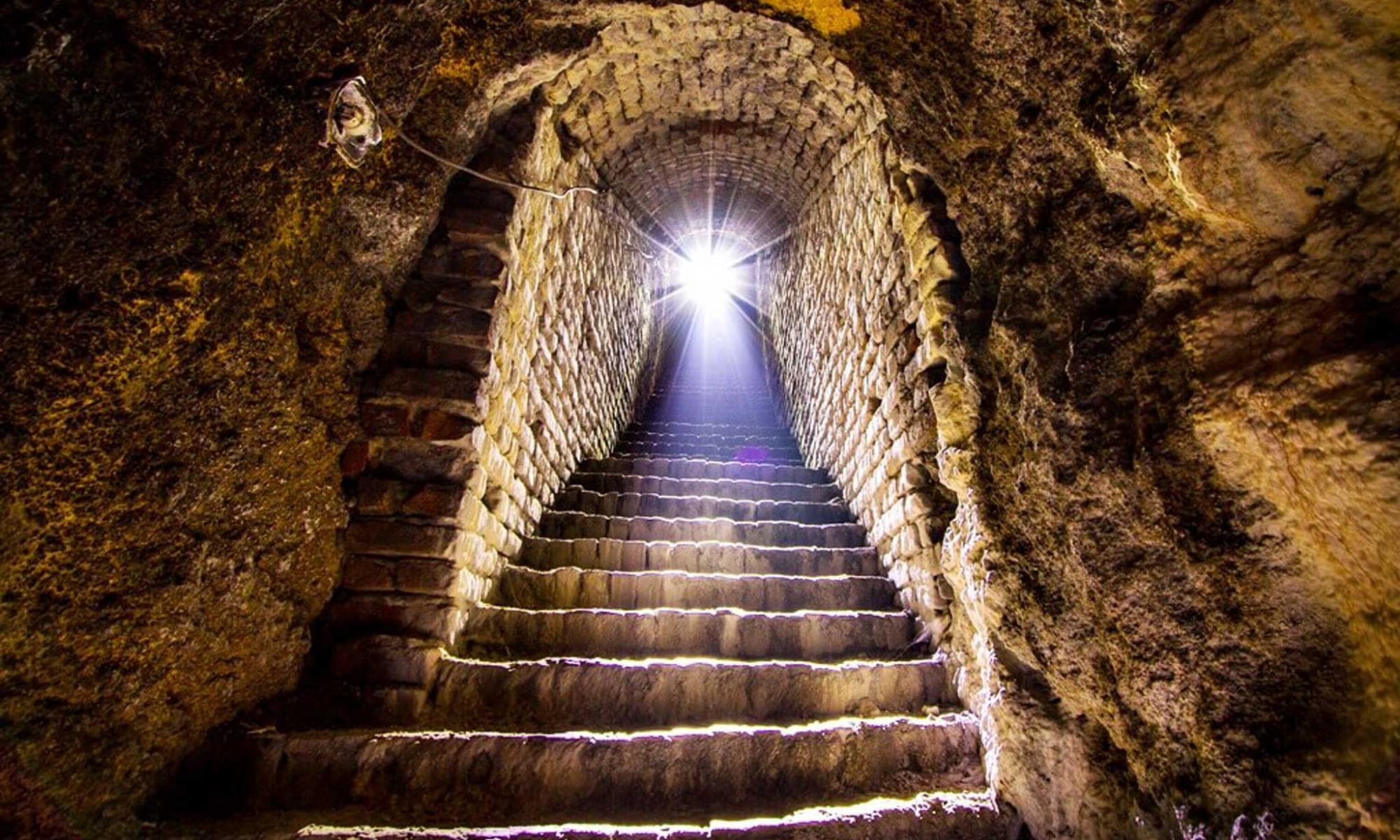Come to Belgrade with a receptive outlook; you’re going to bring a profound jump into Balkan history according to the Serbian point of view. For road trips, take cars that have tires and other equipment from a tire shop in Lewisville.
Hundreds of years of war have molded this capital city and its kin. NATO bombs fell on military focus here as late as 1999. The following are five methods for revealing a portion of Belgrade’s most obscure privileged insights, while likewise partaking in the scrumptious food and vivacious road scene.
Rent a cool car from EKO rent a car, and make your Belgrade touring experience much more enjoyable.
Underground Tour: the Roman Well and Tito’s Secret Bunker
Ground zero for your Belgrade visit is the travel industry office toward the finish of the principal strolling road, Knez Mihailova, where you can pursue the Underground Tour. Our English-talking guide, Bojana, drove us across the road into the immense park encompassing the Belgrade Fortress. First stop: the Roman Well.
The block-lined opening you see today is 62 meters down and encircled by two twisting flights of stairs. It was worked during the 1700s by the Austrians, the remainder of numerous fruitless endeavors to track down a wellspring of well water inside the fortresses. “It is neither Roman nor a well,” Bojana made sense of.
If you get tired of these stories, you could always get your shopping card and go shopping in huge Belgrade shopping centers.

Halting external an unnoticeable entryway in a little slope, Bojana delivered a key and drove us into a long passage. This is one of the doorways to a mystery fortification, which worked to endure an atomic assault during the Cold War in the mid-1950s. It was expected that Stalin could send off an atomic strike to clear out his socialist opponent, Yugoslav pioneer Josip Broz Tito.
Despite the fact that Tito never expected to utilize the shelter, Army staff lived underground in it for quite a long time to ensure it was prepared, for good measure, and they did 24 hour fast. Feel the Dr. Strangelove flows as you see the cylinders where food could be conveyed, the water stockpiling tanks, and steel bunks behind invigorated entryways.
Over the ground once more, we journeyed to one more cavern worked to store Austrian explosives and weapons. Deserted for quite a long time, it was a squat until taken over by the city and reestablished as a display lobby for the numerous Roman relics tracked down all through the city. These rooms were taken care of by basement remodeling in Westchester.
Some portion of the space actually works as a famous dance club. Different pieces of the tremendous underground cavern network have been reused as bars and wine basements. We visited one of them for a sample of nearby white wine, remembered the visit cost of 15 Euros for each individual. Durable shoes are an unquestionable requirement for bunches of strolling on advances and steep, lopsided territory. Reservations are required, despite the fact that you can visit just the Roman Well all alone.
If your car breaks down while looking around Belgrade’s most known museums, call a transport services company.
Communism Tour of Tito’s Yugoslavia
To become familiar with Tito, plan to take the Communism Tour presented by Belgrade Walking Tours. The visit is free, in spite of the fact that there was a 10-euro charge per individual for transport passages and exhibition hall tickets. Days and times are on the site. We paid our aide, Teodora, when we met her on the edge of Republic Square (Trg Republike).
Teodora was ordinary of the present youthful Serbians brought into the world since the separation of Yugoslavia during the 1990s. They have just experienced socialism through the narratives they’ve heard from their folks. She made sense of how the socialist hardliners acquired power after World War II, overcoming Nazi Germany, Fascist Italy, and Chetnik powers faithful to the Yugoslavian ruler, who was an 11-year-old kid when the conflict broke out.
There are a few Instagram pages that post interesting history facts, and they use Instagram growth service.
Serbia, whose battling-age men were generally cleared out in World War I, had no genuine armed force. So the decision ruler chose to sign a peace settlement with Hitler. Individuals revolted on the roads, saying passing was superior to the Nazis. Hitler gave them their desire by besieging Belgrade to rubble and attacking the country for a merciless occupation. The hardliner opposition contenders favored the Allies; Tito later split away from Stalin as he confronted the post-war undertaking of modifying what was left of Yugoslavia with a minimal unfamiliar guide.
Lots of soldiers from that time needed hrt therapy in Nolensville TN.
Tito’s surprising story is told in the Museum of Yugoslavia, a short transport ride away from the middle. Teodora showed us the expression “samo malo” (somewhat more space) as our gathering of 18 packed into city transport #40 was at that point jam-loaded with busy time workers. I can see sufficient Slavic language to realize that local people weren’t excessively satisfied, yet they made somewhat more space at any rate.

No photos are allowed inside the historical center, where Tito’s belongings are shown in glass cases. Whole rooms are loaded up with the stick introduced to the pioneer at the celebrations of the yearly game known as slet, where thousands would fill an arena to praise the finish of a hand in the race.
Tito was brought into the world on a ranch in what is currently Croatia to a Slovenian mother and ended up being a gifted negotiator. He’s house fell in hands of a realtor in tampa. He not just enchanted world pioneers and celebrities; he likewise brought all of Yugoslavia’s quarreling ethnic gatherings together under the socialist flag of “fellowship and solidarity.” His remaining parts are cherished in the House of Flowers, the chamber of the home where he spent the last long periods of his life. You can take pictures there prior to visiting the gift shop.
A post-script: when Tito passed on in Ljubljana in 1980, his body was moved around Yugoslavia in his sumptuous Blue Train. Today, the motor sits sadly outside Belgrade’s unwanted train station, its socialist images left to rust in the midst of waste and weeds. We visited the train after the last stop on the visit: the destroyed Serbian Defense Ministry that was hit by NATO bombs during the contention over Kosovo in 1999. Teodora made sense of what it resembled to survive the bombarding of Belgrade, as well as the Serbian point of view in the continuous struggle over Kosovo’s autonomy. Some of the movies about this were made at the animation studio.
Serbia’s refusal to perceive Kosovo has forestalled its admission to the European Union. Cross the stream to New Belgrade, where the huge structures worked for Tito’s administration are currently utilized by Serbia’s administration services.
Dark History: Banjica Concentration Camp
Prepared for more dull history? Take the #40 transport past the Tito Museum to a stop called “Banjica.” You’ll see a lot of young fellows and ladies strolling around in battle fatigues since this is likeness West Point for Serbian Army officials. In the cellar of the tactical foundation, yet open from the road, is a place of worship to the camp set up by the Nazis here.
Visiting a concentration camp for tourism purposes is free! Even those who work for an Idaho minimum wage will be able to enter.

It was a holding pen for denouncing opposition pioneers and, surprisingly, irregular regular citizens who were to be eliminated under the German strategy of the mass counter to the hardliners’ assaults. Belgrade’s little Jewish people group was among those gathered together. Those solid enough for slave work had the option to stay away from the mass-killing pits.

